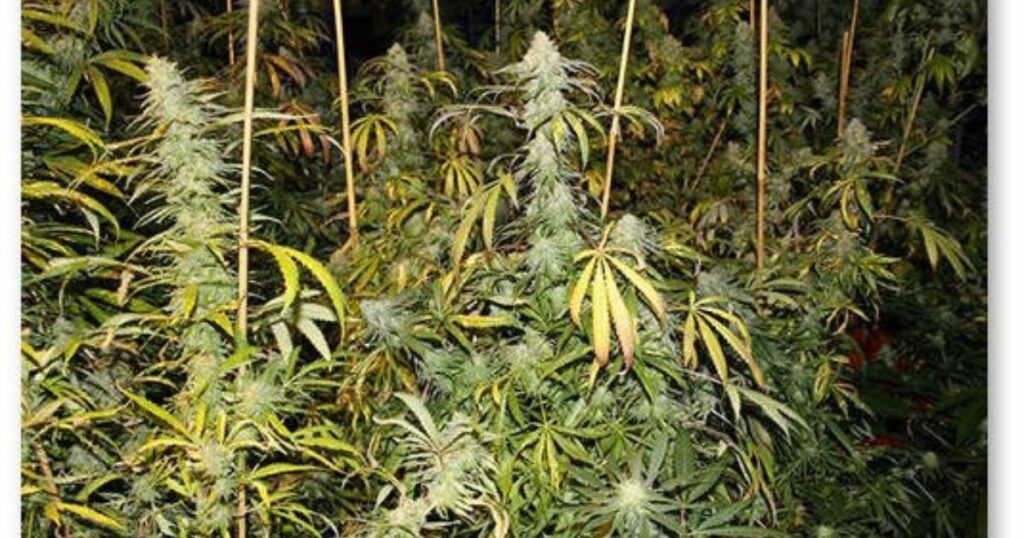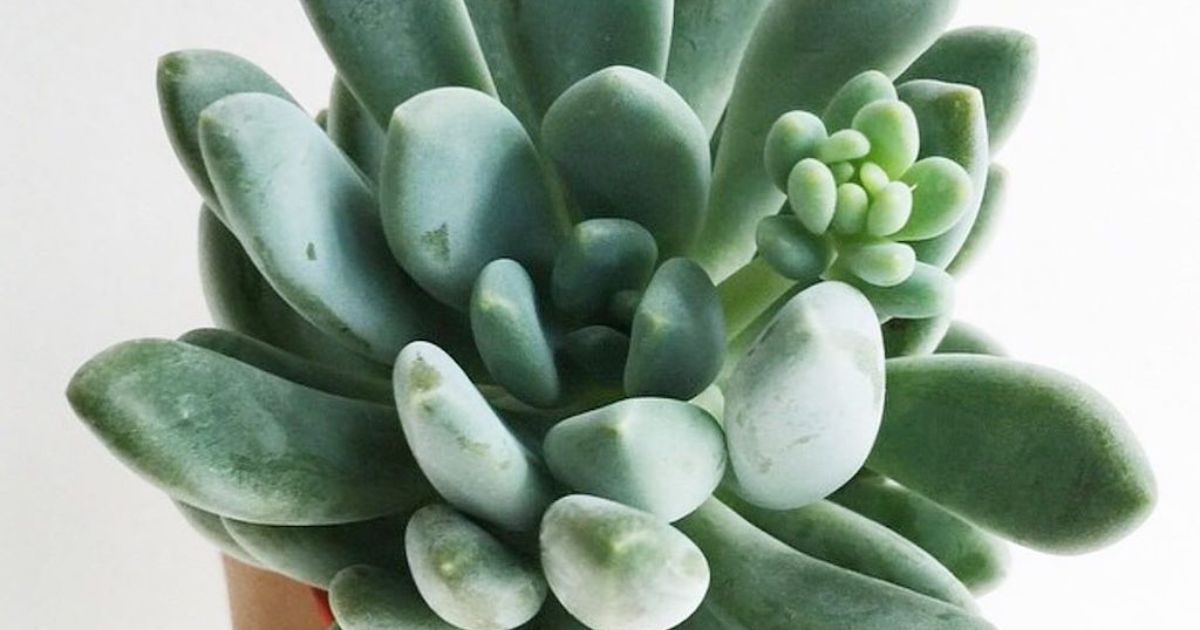To save a dying succulent, assess its watering needs, ensuring it dries out between waterings. Provide adequate sunlight, placing it near a bright window. Trim any rotting or unhealthy parts. Repot in well-draining soil if necessary for a fresh start.
Are your succulents looking a little under the weather? Don’t despair; there’s a simple solution. Discover the key to reviving your beloved succulents with our expert tips on How To Save Dying Succulent. It’s time to breathe new life into your plants – let’s get started.
How To Save Dying Succulent provides guidance on rescuing struggling succulent plants by offering essential tips on proper watering, sunlight, and care practices, enabling them to thrive and regain their health.
Understanding the Basics
Before delving into specific remedies, it’s essential to grasp the fundamentals of succulent care. Succulents, which include popular varieties like Echeveria, Aloe, and Haworthia, are known for their ability to store water in their leaves, stems, or roots. They have evolved to withstand arid conditions, and as a result, their care requirements differ from traditional houseplants.
| Step | Key Points | Description |
| Understanding the | Overwatering, inadequate light, poor | Identifying common causes of succulent decline. |
| Basics | soil drainage, pests, and diseases | |
| Step 1: Assess Your | Yellowing, wilting leaves | Examining the health of your succulent. |
| Succulent’s Health | Soft or mushy stems | |
| Leggy growth | ||
| Pest infestations | ||
| Step 2: Adjust Your | Allow soil to dry out between | Tips for proper watering and addressing |
| Watering Routine | waterings | overwatering. |
| Correcting overwatering | ||
| Repotting in well-draining soil | ||
| Step 3: Provide | Natural sunlight for at least 6 hours | Ensuring your succulents receive adequate light. |
| Adequate Light | Artificial lighting if necessary | |
| Step 4: Address | Choose well-draining succulent or | Selecting the right soil and pot to improve |
| Soil and Potting | cactus mix, avoid garden soil | drainage and prevent waterlogged roots. |
| Issues | Use pots with drainage holes | |
| Step 5: Combat | Identify and treat pests and diseases | Preventing and addressing common pests and |
| Pests and Diseases | Isolate affected plants if necessary | diseases affecting succulents. |
| Use water and soap for pests, | ||
| neem oil or fungicides for diseases | ||
| Step 6: Patience | Monitor progress and adjust care | Encouraging patience and consistency in succulent |
| and Persistence | Adapt to seasonal changes | revival. |
| Accept that some damage may be | ||
| irreversible |
Common Causes of Succulent Decline
Several factors can contribute to the decline of succulents, and it’s crucial to identify the root causes before implementing remedies. Here are some common issues:
Overwatering
One of the most common mistakes is overwatering succulents. These plants thrive in well-draining soil and dislike sitting in standing water. Excess moisture can lead to root rot and other fungal diseases.
Inadequate Light
Succulents require ample sunlight to grow and maintain their vibrant colors. If placed in low-light conditions, they may become weak and pale.
Poor Soil Drainage
Succulents need well-draining soil to prevent waterlogged roots. Soil that retains too much moisture can spell disaster for these water-storing plants.
Pests and Diseases
Succulents are not immune to pests like mealybugs and aphids. These invaders can weaken the plant and spread diseases.
Inappropriate Pot Size
Choosing the right pot size is crucial. A too-large pot can hold excess moisture, while a too-small pot can restrict root growth.Now, let’s dive into the steps you can take to revive your ailing succulents.
Assess Your Succulent’s Health
Before implementing any remedies, examine your succulents closely to understand the extent of its decline. Look for the following signs of distress:
Yellowing or Wilting Leaves

Yellowing leaves are often a sign of overwatering. The lower leaves may be affected first, as they are the oldest.Wilting leaves could indicate dehydration, especially if the soil is bone dry.
Soft or Mushy Stems
Soft or mushy stems may indicate root rot, a condition caused by excessive moisture. Gently squeeze the stem to check for firmness.
Leggy Growth
Leggy succulents with elongated stems and stretched-out leaves often indicate insufficient light.
Pest Infestations
Inspect the plant for signs of pests, like mealybugs or aphids, which can hide in the leaf crevices.
The Right Way to Water Succulents
Allow the soil to dry out completely between waterings. Stick your finger into the soil about an inch deep – if it’s dry, it’s time to water. Water the soil directly, avoiding wetting the leaves to prevent rot and fungal issues. Use pots with drainage holes to ensure excess water can escape.
Correcting Overwatering
When considering how often to fertilize succulents, it’s crucial to maintain proper soil moisture levels. If your succulent shows signs of overwatering, gently remove it from its pot, shake off excess soil, and allow it to air dry for a day or two. Trim away any rotting or mushy roots using clean scissors or pruning shears. After addressing the root issues, repot the succulent in fresh, well-draining soil to provide a healthier environment for the roots and ensure optimal nutrient absorption when you do decide to fertilize.
Provide Adequate Light
Succulents need abundant sunlight to thrive. Here are some tips for ensuring they get the right amount of light:
Natural Sunlight
Place your succulents in a location where they receive at least 6 hours of indirect sunlight per day. A south or west-facing window is often ideal.Rotate the pot periodically to ensure even growth, as succulents tend to bend towards the light source.
Artificial Lighting
If you don’t have access to sufficient natural light, consider using grow lights specifically designed for succulents.Position the grow lights about 6-12 inches above the plants for optimal results.
Choosing the Right Soil
Opt for a well-draining succulent or cactus mix, or create your own by adding perlite or sand to regular potting soil.Avoid heavy garden soil, which retains moisture and can lead to root rot.
Pot Selection
Use pots with drainage holes to prevent water from accumulating at the bottom. Ensure the pot size is appropriate for your succulent, allowing room for root growth without excessive space.
Identifying and Treating Pests
Examine your succulent regularly for signs of pests like mealybugs, aphids, or scale insects. If pests are present, isolate the affected plant to prevent infestation of others. Use a mixture of water and dish soap to gently wash away the pests. Neem oil or insecticidal soap can also be effective treatments.
Preventing and Treating Diseases
If your succulent exhibits signs of disease, such as black spots or rot, remove the affected parts immediately using sterilized tools.Isolate the infected succulent from the healthy ones to prevent the spread of the disease.Allow the plant to air dry and consider applying a fungicide if the problem persists.
Patience and Persistence
Succulent revival is not an overnight process. It requires patience and consistent care. Here’s what you can do.Keep a watchful eye on your succulent’s progress and adjust care as needed.
Be mindful of seasonal changes in light and temperature, which can affect your succulent’s requirements.Remember that some damage may be irreversible, and not all succulents can be saved. If all else fails, it might be time to start anew.
FAQ’s
How do I bring my succulent back to life?
To revive a struggling succulent, assess its watering habits, provide proper sunlight, and trim any damaged parts. Report if necessary.
Is it possible to save a dying succulent?
Yes, it’s often possible to save a dying succulent by addressing issues like overwatering, inadequate light, and repotting in well-draining soil.
Will a succulent grow back?
Yes, with proper care and attention, a succulent can often regrow and recover from stress or damage.
Should I cut off dying succulent leaves?
Yes, it’s advisable to trim dying succulent leaves to promote the plant’s overall health and prevent further decay.
Conclusion
Reviving a dying succulent is an achievable task with the right knowledge and care. By addressing common issues such as overwatering, inadequate light, and poor soil drainage, you can significantly improve your succulent’s health. Timely intervention, from adjusting your watering routine to providing adequate sunlight and repotting in well-draining soil, can make a world of difference.Furthermore, vigilance in identifying and treating pests and diseases is essential for a succulent’s survival. Regular inspection, isolation of affected plants, and appropriate treatments like neem oil or fungicides can help combat these issues effectively.
Remember that succulent revival may require patience and persistence. While not all succulents can be saved, the knowledge and skills you gain from understanding “How to Save Dying Succulents” will help you become a better caretaker for these charming, resilient plants, ensuring their long-term health and vibrancy in your space.










